Last updated: 29 July 2023
Did you know that the city of Rabat in Malta is home to one of the most important Christian sites in the world? A site which has been visited by not one, but two Popes, Pope John Paul II and Pope Benedict, and today, is a pilgrimage site for the devout from around the world! Even if you don’t identify as particularly religious, a visit purely for the historical aspect alone makes St Paul’s Grotto and Church essential for every visitor to Malta!
I can honestly say that St Paul’s Church and Grotto was one of the most fascinating places we visited in Rabat because it proved to be so much more than we expected, it took us a good few hours to explore the entire complex! It is definitely much bigger than you think it’s going to be, so make sure you set aside enough time to get the most out of your visit.
A visit to St Paul’s Church and Grotto can be split into the following 5 main areas, all of which are included in the ticket price;
- St Paul’s Grotto
- St Paul’s Church / Sanctuary of St Publius
- World War II Air Raid Shelters
- Punic and Roman Catacombs
- Wignacourt Museum
[lwptoc]
St Paul’s Grotto
This is considered to the Cradle of Christianity in Malta, a holy site so revered in the Christian faith that it was visited by two Popes – Pope John Paul II in 1990 and Pope Benedict in 2010 – it was here in this natural cave where St Paul preached the word of God after surviving a shipwreck on the Maltese coast in 60 AD.
When you first arrive in the Grotto you’ll be standing in a relatively large space. The internal area has been expanded over the centuries to accommodate the growing number of pilgrims and the installation of a number of altars and statues, including a large statue of St Paul, a gift from Grand Master Emmanuel Pinto Defonseca which is thought to have been shipped from Rome.
Plan the time of your visit wisely because the Grotto itself isn’t that big so it will likely get full during the height of summer. However, we visited first thing in the morning in July and fortunately didn’t need to fight the crowds so our suggestion is to go early.
The most venerated site is the Grotto itself, the space where St Paul spent 3 months in Malta preaching Christianity, is a small room located immediately to the left once you arrive at the base of the stairs. The small cave which contains a statue of St Paul, with two ornate lamps on either side of him, and a plaque at his feet containing photos from the visit of St John Paul II.
If you plan your visit early enough then you’re likely going to be able to stand in St Paul’s Grotto by yourself and take a moment to appreciate your surroundings. Regardless if you’re visiting for religious or historical reasons, take a moment to appreciate your surroundings. You are standing in the spot where countless visitors throughout history have stood to pay tribute to St Paul and his visit to Malta, including Admiral Horatio Nelson.
BOOK NOW: Hop On-Hop Off Bus Tour and Harbour Cruise
The History
If you’re unfamiliar with the story of St Paul, as we were until we visited, then here’s the basic information. According to the Book of Acts, St Paul and a group of missionaries were on their way from Crete to Rome, where Paul was to face trial in front of Emperor Nero for political reasons, when they were caught in a storm and became shipwrecked on the island of Malta.
St Paul took sanctuary in the cave, which is where he preached Christianity to the Maltese people and the cave soon became one of the first sites in Malta for Christian worship. It’s said that during his stay in Malta, St Paul healed a number of people including the father of St Publius, the Roman Prefect of Malta.
Over the course of the following centuries, word of the St Paul’s Grotto spread across the world encouraging visitors from all walks of life to visit. One such visitor in the 17th century was the hermit Juan Venegas de Cordoba from Spain who has been credited with the revival of the Cult of St Paul (also known as the Pauline Cult). It was during this period that the various altars were installed in the Grotto and then a church used for services.
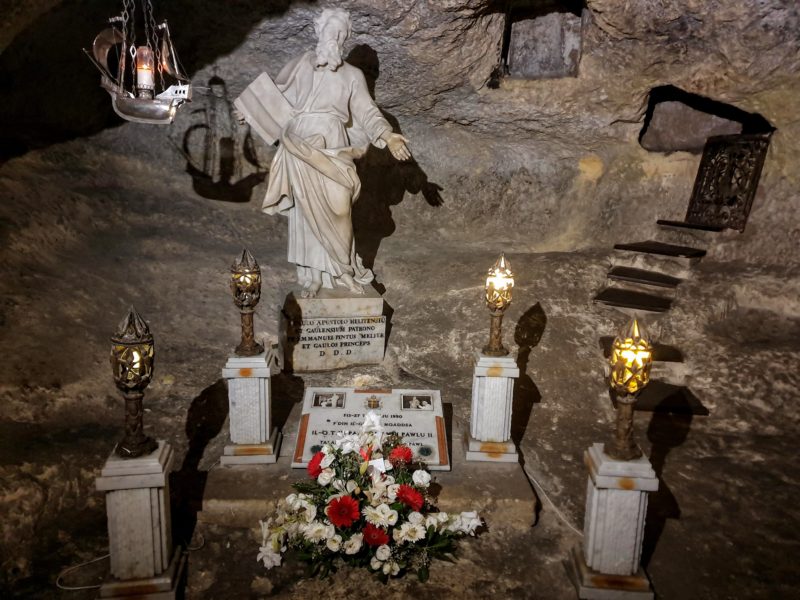
The Order of St John soon became guardians of the sacred site when Grand Master Alof de Wignacourt became the guardian and established a school for chaplains to become guardians of the Grotto, which included a special role for Venegas who made the protection of St Paul’s Grotto his life work.
Sanctuary of St Publius
Located directly above St Paul’s Grotto is the Sanctuary of St Publius. That’s the same St Publius mentioned before, his father was healed by St Paul. This is a smaller church located directly next to the Church of St Paul. The sanctuary dates back to 1617 when it was added to the Church of St Paul, organised by the Order of St John. When you visit we recommend keeping an eye open for the many 8 pointed crosses, a symbol of the Order.
Both churches, the Church of St Paul and the Sanctuary of St Publius both share a common facade so most visitors, us included, presumes that the below is only one church.
Following the instructions on the audio guide, take the stairs from the Grotto and head into the Sanctuary of St Publius. Pausing at the top of the stairs, with your back to the exterior-facing door and admire the interior. Look for the painting of Madonna and child, it’s painted by Mattia Preti, the same artist who painted the glorious interior of the grand St John’s Co-Cathedral in Valletta. If you pay special attention you can see that in the hand of baby Jesus is the 8-pointed cross suggesting that the Order of St John is under God’s protection.
Heading to Gozo & Comino? Book a Full-Day Boat Tour from Bugibba Today
World War II Shelters
Did you know that beneath St Paul’s Church and Grotto were air raid shelters which were used during the Second World War by the citizens of Rabat and refugees from all over the island? 8000 workers dug the shelters by hand, and lit by oil lamp, it’s said that 841 shelters were created in total, and 50 of them are in display today.
Once home to hundreds of people, these rooms were individually numbered to ensure that the families who paid for the excavation received the room they had paid for. Yes, that right’s right. The individual families were responsible to pay for their own room excavation and, as such, many of the rooms had varying facilities, as covered below.
As you can see, some rooms were sparse and quite basic but others had floor tiles, painted walls, carved nooks for candles, and some even had electricity. Many families tried to make their air raid shelters feel a little more like home and include modern comforts to their shelters. Some of the rooms even had doors for privacy whilst others even had electricity.
Punic and Roman Catacombs
Located beneath the city of Rabat and Mdina is a series of labyrinthine tunnels which lead to a collection of catacombs, which remained in use up to the 4th century. The underground burial chambers form part of the larger Roman Necropolis, located outside the city walls for health reasons, and it’s an absolutely incredible experience that visitors to go underground walk through the burial chambers, once used by the Phoenicians and the Romans.
As you follow the small winding paths through the catacombs you will pass a countless number of empty crypts, all looted throughout the centuries, but it none of it takes away from the thrill of exploring history from almost two thousand years ago. If you’re lucky and time your visit at the right time then you’ll have the catacombs all to yourself, which happened to both Roma and I, which makes it not only ideal for photos but also provides the opportunity for a quiet moment of reflection to ponder the history of where you’re standing.
At the end of the serpentine path you will find yourself at an air shaft, carved rock benches, and an agape table, a stone table which was once used by by the families of the deceased who would gather and feast on a ritual meal to commemorate their beloved deceased.
Insider Tip: The snaking path through the catacombs is particularly snug in parts. Like we did, you may find it’s not wide enough for you and a medium backpack, so you may need to carry it or pop it by the entrance and collect it on the way out.
Wignacourt Museum
And just when you thought that the fun was all over, did you know that your entrance ticket also includes a visit to the Wignacourt Museum? This one took us by surprise, we didn’t know that it was included, and you know how much we love a good museum, and this one turned out to be a fascinating visit!
One thing you do need to keep in mind is that the audio guide is an absolute must because without there was no chance we would have spent as long as we did there or enjoyed it as much we did without the detailed information.
If you’re wondering why the name Wignacourt sounds familiar it’s because it was mentioned earlier in the post when Grand Master Alof de Wignacourt became the guardian of St Paul’s Grotto and built a residence for chaplains to protect the Grotto. Well, the building which contains the Wignacourt Museum IS the former chaplain residence.
The Wignacourt Museum was completed in 1749 and consists of 3 main floors; the bottom consisting of the underground tunnels covered above, the ground floor is the location of minor collections, but it’s the first floor is the main exhibition space and the place where the museum really comes to life.
I’ve included some of my favourite sections of the the visit to the Wignacourt Museum below because otherwise this post would become another 2000 words on just what I enjoyed, and let’s face it, who has time for that?
Art lovers will enjoy the Wignacourt Museum with many classical pieces like this one, titled St Paul Writing by Anon.
The Mattia Preti room is home to some beautiful works of art from this late baroque master who had lived in Malta in the 40 years up to his death. The room exhibited many works from the later stage of his career but it was the Madonna of Sorrows which captured my attention. This is one of the only pieces that Preti created on wood, which was easier to transport (being a much smaller piece) and apparently it was a personal piece that he kept for himself.
Have you ever heard of a portable altar? This was built to be placed in the galley a ship for services! Such an altar had to be created with suspension to prevent spillage of the wine in the rough seas and this altar was used by the Order of St John when they moved from Rhodes to Malta.

The Essentials
- Price: €5 per adult and €3.50 per student. €2 per audio guide.
- Location: Collegiate Church of St Paul’s, 64 Triq Ir-Rebha, Ir-Rabat, Malta
- Opening Hours: Mon-Sun 09:30-17:00 (last admission 16:00)
Final Thoughts
If you’re planning a visit to Mdina and Rabat then one of the best decisions you can make is to set aside a couple of hours and go explore St Paul’s Church and Grotto, which includes the Second World War air raid shelters, the Punic and Roman Catacombs, and the Wignacourt Museum. If you’re a fan of history then you’re going to be in heaven exploring early Christian sites, Roman burial chambers, and learning about WWII history.
There is something for everyone to appreciate from a visit to St Paul’s Church and Grotto, the only question you need to ask yourself is have I set aside enough time for a visit?
Happy travels!
Some of the links in this post are affiliate links which means that we may earn a small commission from any purchases that you make, at no extra cost to you. This helps us to keep the lights on at Roaming Required HQ. Thank you for your support
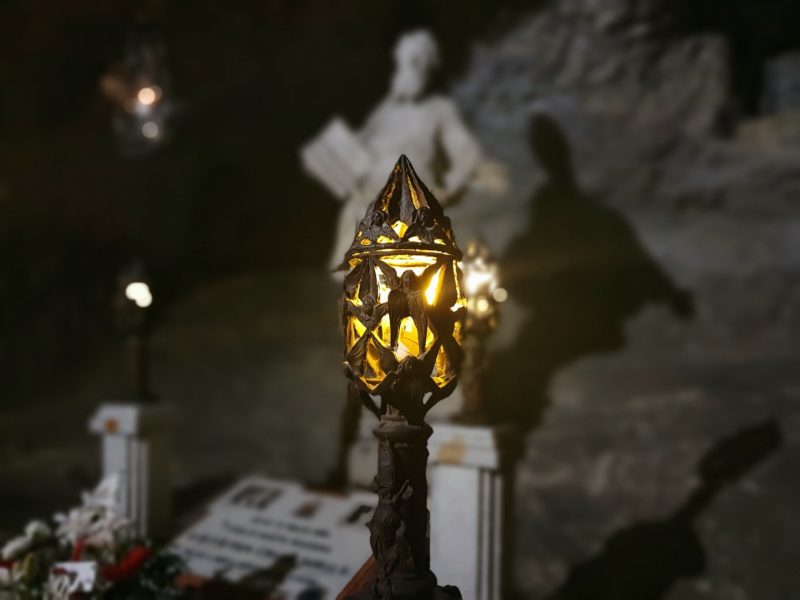


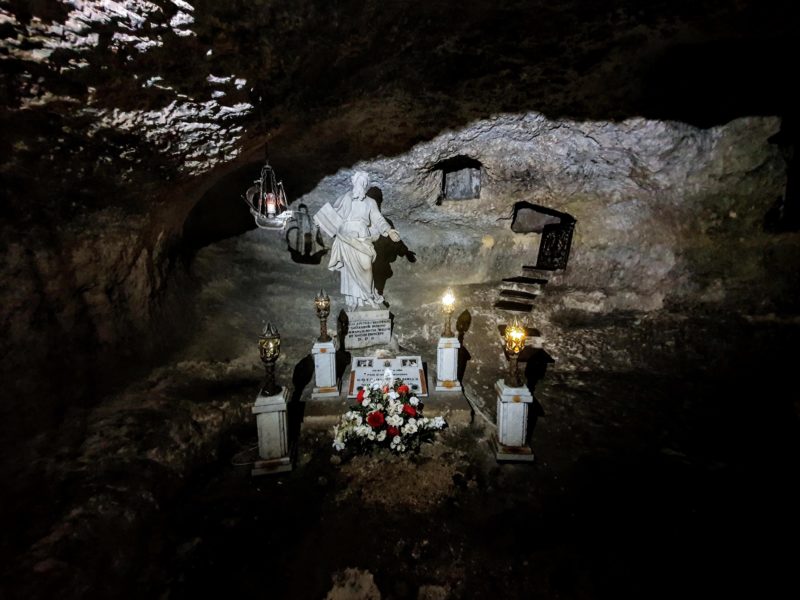





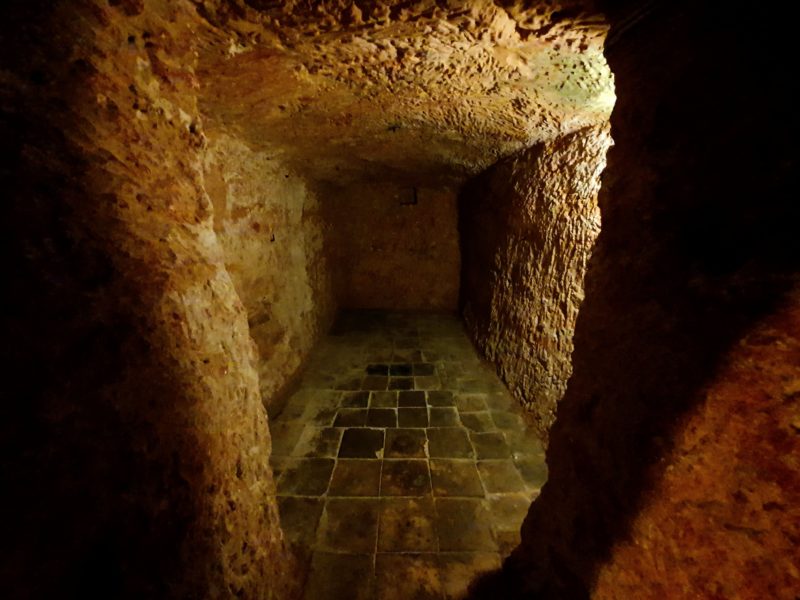
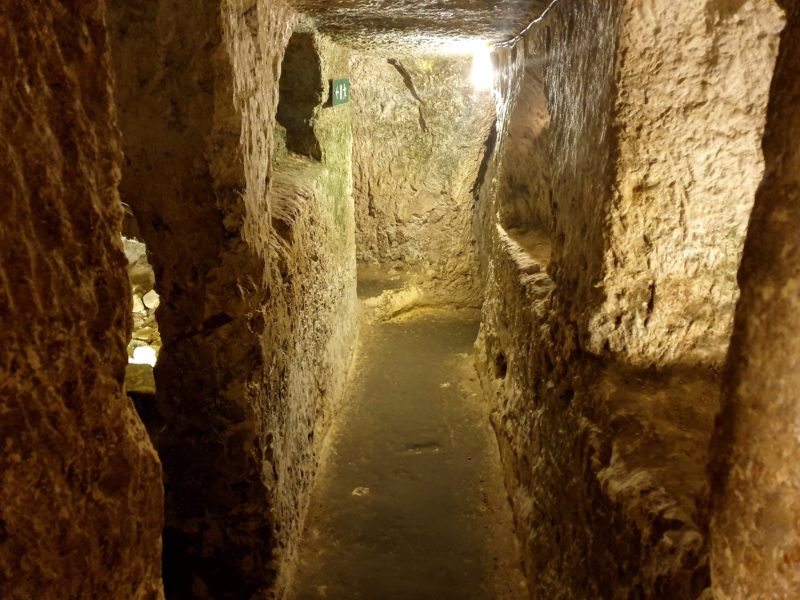




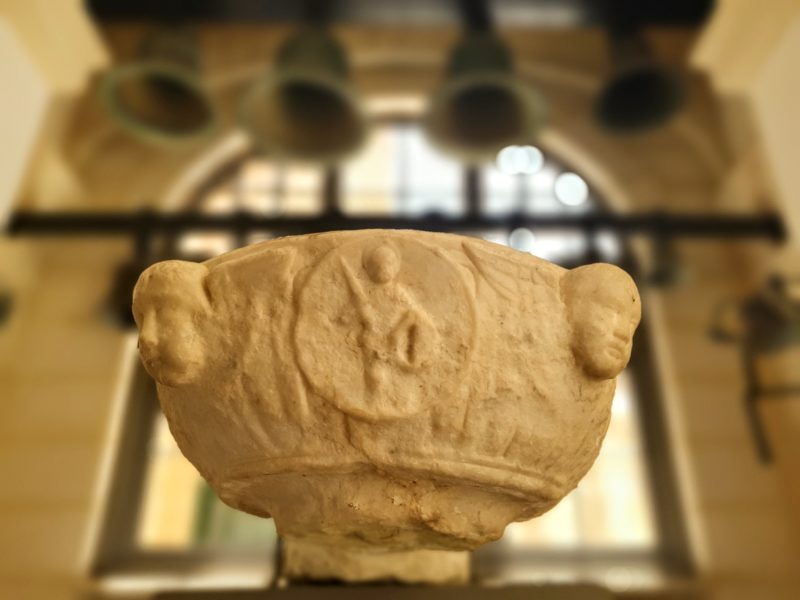


My wife and I visited Mdina and Rabat in 1991, the memories are as if it was just a few days ago. We in Britain think we have history, but Malta blows that away, and the people are so helpful with titbits of its history.
I mean this place looks like it’s the gift that keeps on giving. This is right up my street and may have just put Malta on my bucketlist. Its a shame the catacombs have been looted but still great to be able to walk through them.
Thanks Kat, it is a shame they were looted, but hardly surprising given their age. It’s wonderful to be able to stroll through them in the twenty-first century, some 17 centuries since they were last used. Mind blowing!
Sounds fascinating! Another one on the bucket list! Getting heavier by the day! I really enjoy these blogs!
Thanks Lorraine, glad you enjoyed it!